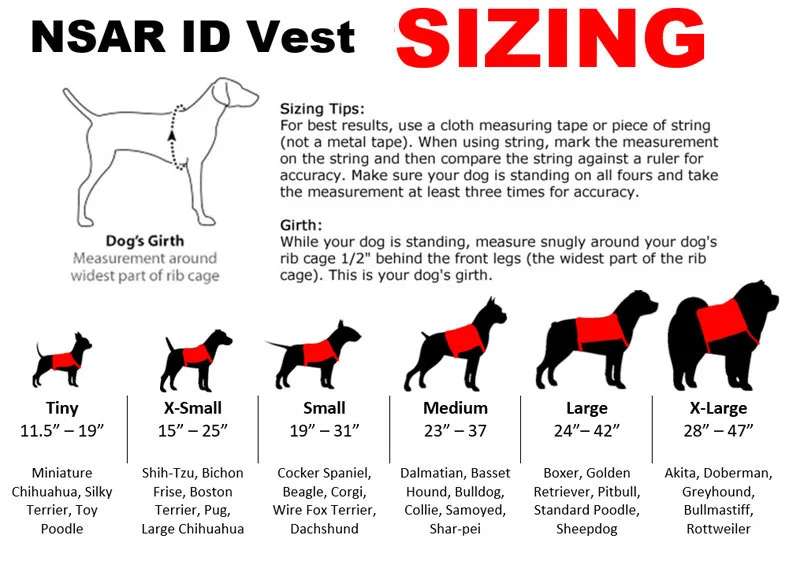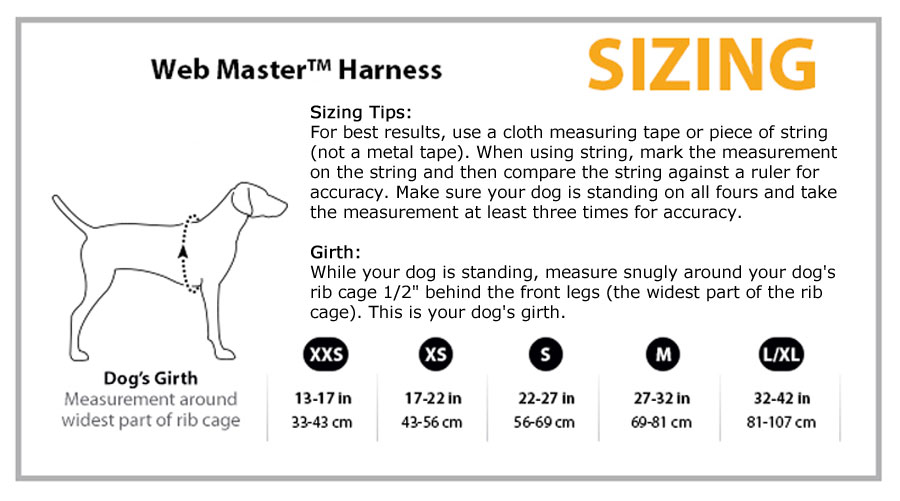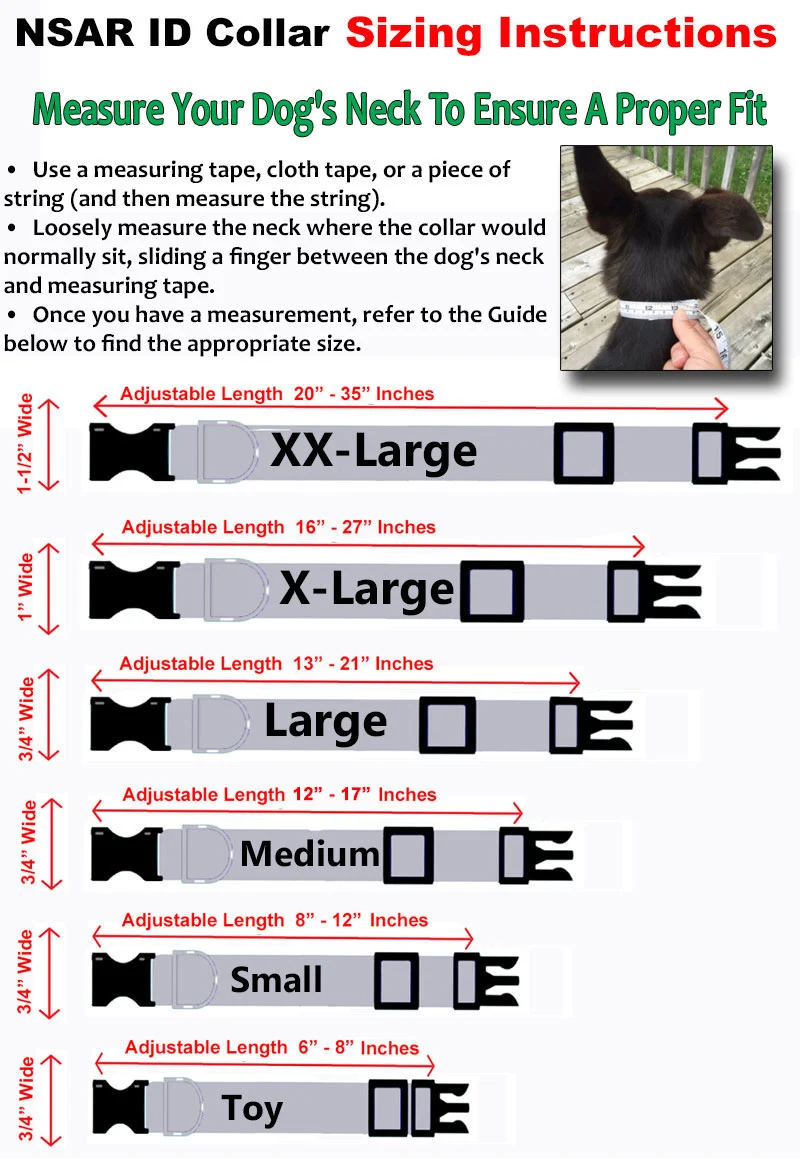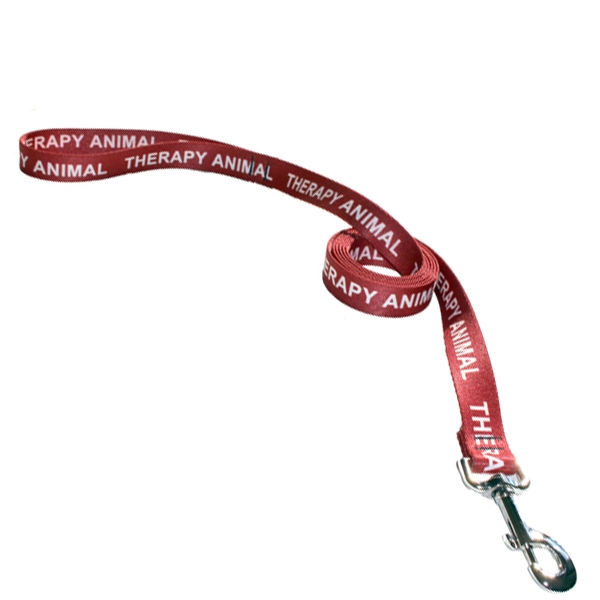
College life can be exhilarating—but it can also be overwhelming. From late-night study sessions and social pressures to homesickness and the stress of navigating newfound independence, it’s no surprise that college students often struggle with anxiety, depression, and other mental health challenges. For many students, Emotional Support Animals (ESAs) provide the perfect source of comfort, grounding, and emotional stability during this transitional period.
In this article, we’ll explore the powerful role ESAs play in the lives of college students. You’ll learn what ESAs are, their legal protections, how to qualify, and why they’re uniquely beneficial in a college setting. We’ll also answer common questions and provide actionable tips for students looking to register or care for their ESA.
What Is an Emotional Support Animal (ESA)?
An Emotional Support Animal is a companion animal prescribed by a licensed mental health professional (LMHP) to provide emotional or psychological support for individuals with a qualifying mental health condition.
Unlike service animals, ESAs are not required to have specialized training, and they’re not granted public access rights (e.g., access to restaurants or stores). However, they are protected under federal housing laws, and in some cases, students may be able to keep them in college dorms—even in no-pet housing.
Common conditions ESAs help with include:
- Generalized anxiety disorder
- Depression
- PTSD
- Panic disorders
- Social anxiety
- Mood disorders
Why ESAs Are a Great Fit for College Students
1. Emotional Stability in Times of Change
College students face academic, social, and emotional upheavals. An ESA can act as a calming presence, helping students regulate stress and manage anxiety.
2. Combatting Loneliness and Homesickness
Many students move far from home and leave behind their support systems. ESAs provide companionship and routine, which can combat feelings of isolation.
3. Promoting Routine and Responsibility
Caring for an ESA encourages healthy daily habits like regular wake-up times, physical activity, and emotional grounding—especially beneficial for students with ADHD or anxiety.
4. Reducing Academic and Social Stress
Multiple studies have shown that interaction with animals lowers cortisol (the stress hormone) and increases oxytocin (the “feel-good” hormone). Having an ESA can make exam weeks and social pressures more manageable.
5. Supporting Mental Health Recovery
Many college counseling centers are overwhelmed, with long wait times and limited sessions. ESAs serve as an ongoing source of daily therapeutic support.

Legal Rights and Protections for Students with ESAs
While ESAs do not have the same public access rights as service animals, they are protected by:
1. Fair Housing Act (FHA)
This federal law requires colleges to provide reasonable accommodation for ESAs in on-campus housing. Schools must allow an ESA in dorms, even if there is a “no pets” policy, as long as the student has a legitimate ESA letter.
2. Section 504 of the Rehabilitation Act
This regulation prohibits discrimination based on disability and may apply to students needing an ESA as part of an accommodation for a psychological or emotional disability.
🧠 Tip: Always work with your school’s disability services department to submit documentation and follow their procedures for ESA accommodations.
How to Qualify for an ESA as a College Student
The process to qualify for an ESA is straightforward but must be handled properly to ensure legal protection.
Step-by-Step Process:
- Speak with a Licensed Mental Health Professional (LMHP)
This could be a psychologist, therapist, psychiatrist, or licensed clinical social worker. Some college counseling centers may provide evaluations or referrals. - Get a Legitimate ESA Letter
The letter must:- Be written on the LMHP’s letterhead
- Include the provider’s license number and contact info
- Clearly state that you have a qualifying mental health condition
- Recommend an ESA as part of your treatment plan
- Submit Documentation to Your College
Contact your college’s housing or disability accommodations office to start the approval process. - (Optional) Register Your ESA for Convenience
While registration isn’t legally required, services like National Service Animal Registry offer ID cards, vests, and documentation to help identify your ESA and avoid conflict.
Practical Tips for College Students Living With an ESA
- Choose the Right ESA: Small, quiet animals are often better suited for dorm or apartment life.
- small dogs
- cats
- rabbits
- guinea pigs
- gerbils
- small reptiles, and etc.
- Train Basic Behaviors: Even if not legally required, good behavior will prevent complaints.
- Plan for Routine Care: Regular feeding, exercise, and vet check-ups are essential.
- Communicate with Roommates: Be upfront and respectful when discussing your ESA’s presence.
- Prepare for Travel: Some ESAs can accompany students home during breaks; research airline policies ahead of time.
Real-Life Example: Emma and Luna
Emma, a college sophomore, struggled with severe anxiety during her first year. After being evaluated by her therapist, she was approved for an ESA. Luna, her ESA rabbit, not only helped lower her anxiety levels but also gave her a reason to get up every morning and stick to a routine. With Luna by her side, Emma’s academic performance improved, and she felt more emotionally stable.
Frequently Asked Questions (FAQs)
Q: Can I bring an ESA to class?
A: No. ESAs are not granted public access rights and are generally not allowed in classrooms or other public campus spaces. If you require the animal to be with you in the classroom, you’ll want to have them trained to perform a task for a disability (psychiatric or physical) to become your service dog.
Q: What if my roommate is allergic to or afraid of my ESA?
A: The college will try to provide a reasonable accommodation, which may involve reassigning housing to avoid conflict.
Q: Can any animal be an ESA?
A: While dogs and cats are the most common, other animals may qualify as long as they don’t pose a threat or cause significant disruption.
Q: How do I spot a fake ESA letter service?
A: Avoid any provider that:
- Isn’t issued by a licensed mental health professional
- Does specify the major life task that your ESA aids you with
Final Thoughts: Your ESA Can Make College Life Better
If you’re struggling emotionally or mentally in college, an ESA might be the lifeline you need. Beyond the snuggles and support, they offer real therapeutic benefits—backed by science and protected by law. Don’t hesitate to explore whether an ESA is right for you.
✅ Conclusion
Looking to qualify for an Emotional Support Animal and live with your ESA on campus?
👉 Start your ESA evaluation today with a licensed professional























